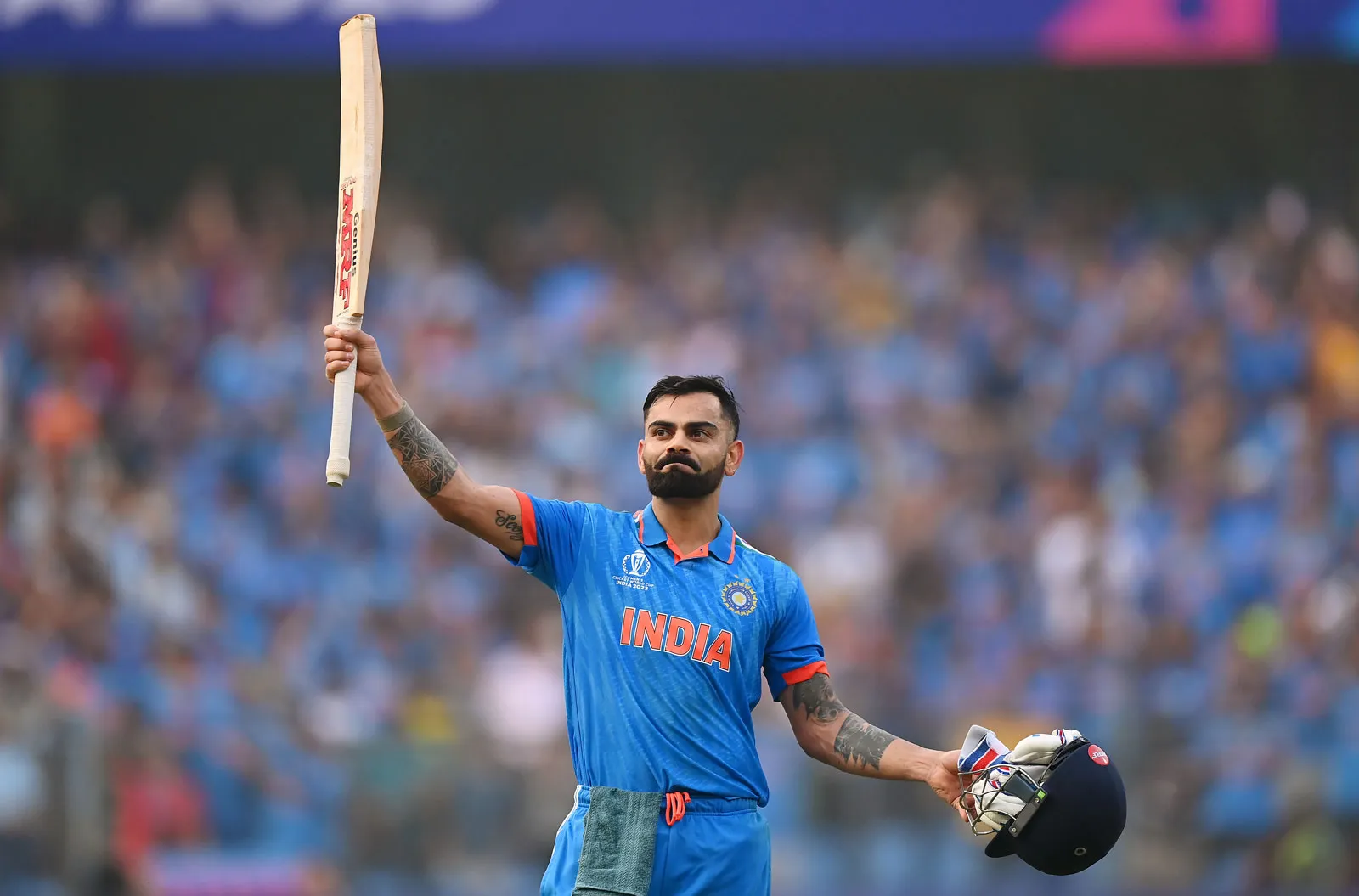Virat Kohli’s career has been a testament to adaptation and evolution. From his Ranji Trophy debut in 2006 to becoming one of cricket’s most celebrated legends with over 27,000 international runs, Kohli has thrived by tweaking his game across conditions and formats. But as India heads into the pivotal fourth Test of the Border-Gavaskar Trophy (BGT) 2024-25, Kohli’s ability to adapt faces its greatest challenge yet.
The Present Reality
At 36, Kohli’s once-dominant Test performances have ebbed. Since 2020, he has managed only three centuries in the format, and his average has slipped to 47.49. In the ongoing season, he averages a modest 24.46 in eight matches. Though he played a gritty century in Perth earlier in the series, his reliance on front-foot dominance and dwindling reflexes have exposed vulnerabilities that Australia’s bowlers have exploited with precision.
Microadjustments of the Past
Kohli has always been a master of microadjustments, reinventing his technique to overcome challenges. After his disappointing 2014 England tour, he refined his stance and trigger movements to negate lateral movement. On subsequent tours, he altered his hip alignment and worked on his balance with advice from Sachin Tendulkar and Ravi Shastri. These tweaks bore fruit, with Kohli amassing runs in all conditions, notably averaging 86.5 during the 2014/15 BGT in Australia.
In Australia, he has defied conventions by employing an exaggerated forward press, a technique that demands impeccable reflexes and precision. However, with age catching up, Kohli’s ability to rely on this method has waned.
The Problem at Hand
In this series, Australia’s bowlers, led by Pat Cummins, have bowled a relentless good-length barrage, targeting Kohli’s reliance on the front foot. He has faced 200 balls this series, with only six being short or overpitched, reflecting the bowlers’ discipline. Outside his Perth century, Kohli has played a staggering 93.5% of good-length balls off the front foot, a tendency that hasn’t yielded consistent rewards.
The real challenge lies in Kohli’s response to back-of-a-length deliveries. While he averages 66 against good-length balls, his average against back-of-a-length deliveries plummets to 11.5. The issue stems from his inability to transfer weight fully onto the back foot, leaving him caught in no man’s land.
What Kohli Needs to Do
Kohli must now go beyond microadjustments and make a significant overhaul to his approach:
- Adopt a Backfoot-Oriented Game
With the extra bounce in Australian conditions, playing off the back foot offers better scoring opportunities. Kohli needs to rely on strokes like the cut, pull, and backfoot punch while reducing his dependence on drives. - Revisit the “Outside-the-Line” Approach
Kohli excelled in England by covering for the away-nipping delivery with an outside-the-line stance. This minimized edges and ensured better control over his shots. A return to this method could help him regain his composure. - Close the Hips and Maintain Side-On Positioning
By keeping his hips closed and his stance side-on, Kohli can align better with deliveries and reduce the likelihood of playing around the ball. His bat angle must remain closer to the keeper than to slips, helping him negate seam movement. - Embrace Controlled Aggression
Kohli must strike a balance between patience and aggression. While leaving deliveries often can frustrate bowlers, it’s equally critical for him to capitalize on scoring opportunities when they arise.
The Stakes at Melbourne
The Melbourne Cricket Ground will witness a battle not just between two cricketing giants but also within Kohli himself. A poor showing could not only affect India’s chances in the series but also raise questions about Kohli’s longevity in Test cricket.
As 23-year-old debutant Sam Konstas prepares to face Jasprit Bumrah on Boxing Day, the 36-year-old Kohli finds himself in a similar cauldron of pressure. For Kohli, though, the stakes are far higher.
It’s perform or perish, and for Kohli to perform, he must go beyond microadjustments and embrace transformation on a macro scale.


